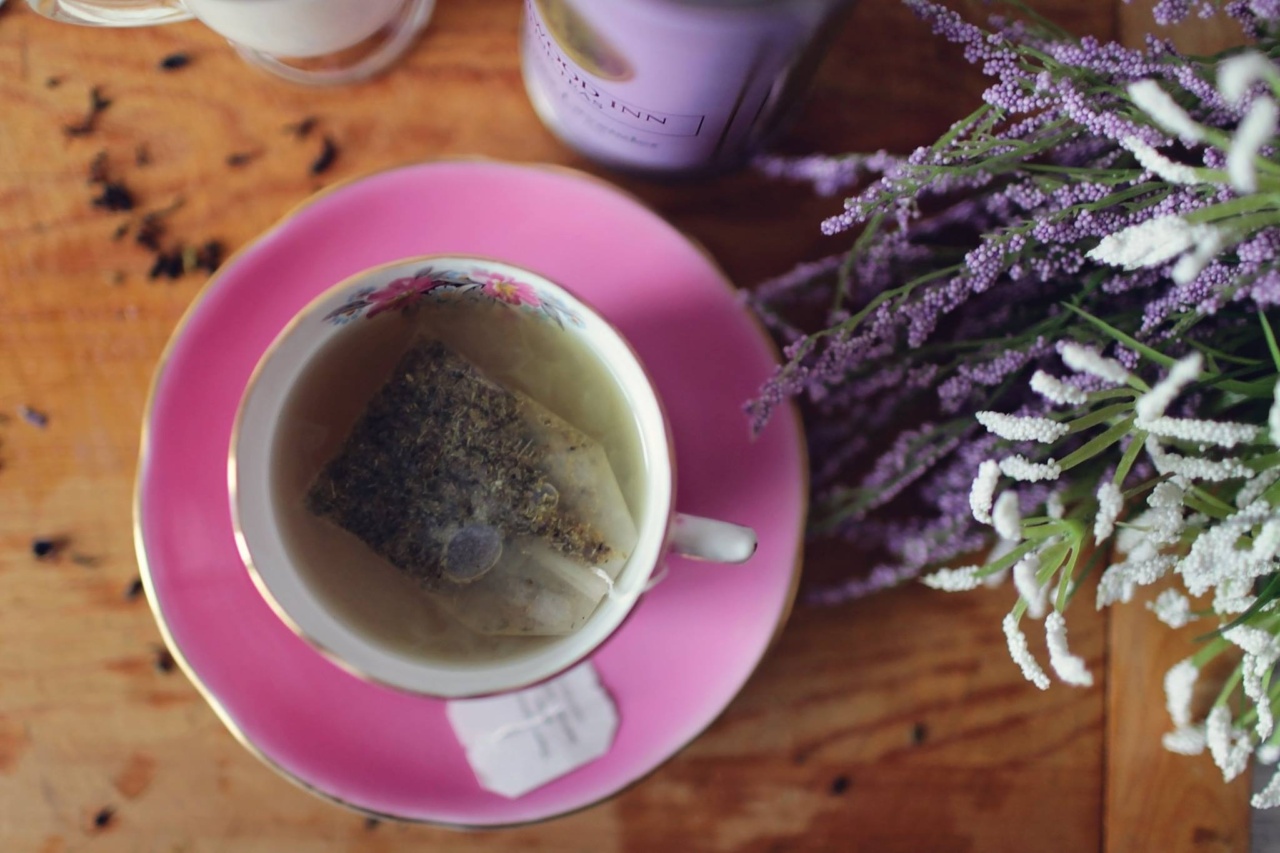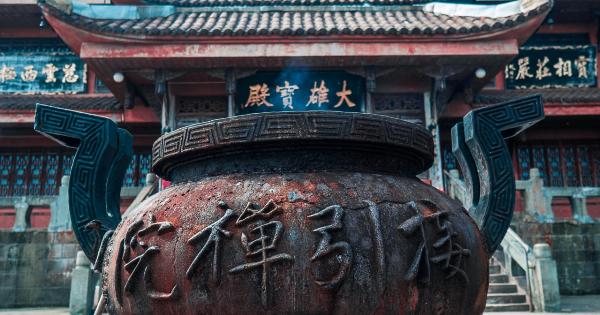Traditional Chinese Medicine (TCM) is a holistic healing system that has been practiced for thousands of years in China. It encompasses a variety of practices, including acupuncture, herbal medicine, and cupping therapy.
One of the key techniques used in TCM is the application of suction cups on the skin, known as cupping. This ancient method has stood the test of time and continues to be widely used in TCM today. In this article, we will explore why suction cups have been used in traditional Chinese medicine for millennia.
The Origins of Cupping Therapy
Cupping therapy can be traced back to ancient times, with records dating back over two thousand years. Its origins are believed to be in Egypt and China, though it has been practiced in various cultures around the world.
In TCM, cupping therapy is considered a form of external treatment that promotes the flow of “qi,” or vital energy, in the body. The cups used in cupping are typically made of glass, bamboo, or ceramic and are applied to specific points on the body.
The Theory Behind Cupping
In TCM, cupping therapy is based on the principles of yin and yang, as well as the flow of qi and blood through the body’s meridians.
When there is an imbalance or blockage in these energy pathways, it can lead to pain, illness, or other health issues. Cupping is believed to restore balance and promote healing by creating a vacuum effect on the skin, which stimulates blood flow, clears stagnant qi, and removes toxins from the body.
Types of Cupping Techniques
There are several different techniques used in cupping therapy, each with its own benefits and applications:.
1. Dry Cupping
Dry cupping is the most common form of cupping therapy. The cups are placed on the skin and left in position for a specific period of time, usually between 5 and 15 minutes.
As the cups create suction, they draw the skin and underlying tissues upward, causing blood vessels to expand and capillaries to rupture. This can result in the formation of circular marks or bruises known as “cupping marks.”.
2. Wet Cupping
Wet cupping, also known as hijama, involves a two-step process. First, the cups are applied to the skin using the same method as dry cupping.
After a few minutes, the practitioner removes the cups and makes small, controlled incisions on the skin’s surface. The cups are then reapplied to draw small amounts of blood from the incisions. This technique is believed to remove “bad blood” or toxins from the body.
3. Fire Cupping
Fire cupping is a technique that uses heat to create a vacuum in the cups. A cotton ball soaked in alcohol is ignited and briefly placed inside the cup, creating suction when the flame is removed.
The cups are then applied to the skin, and as the air inside cools down, it creates a vacuum effect. Fire cupping is considered more intense than dry cupping and can result in stronger suction and deeper tissue penetration.
Benefits of Cupping Therapy
Cupping therapy offers a wide range of benefits and is used to treat various conditions in TCM. Some of the key benefits include:.
1. Pain Relief
Cupping therapy is often used to alleviate musculoskeletal pain, such as back pain, neck pain, and joint stiffness. The suction created by the cups helps to increase blood flow to the affected areas, which can reduce inflammation and promote healing.
2. Improved Circulation
By promoting blood flow, cupping therapy can improve circulation throughout the body. This is beneficial for organ function, immune system support, and overall well-being.
Increased circulation also helps to deliver oxygen and nutrients to tissues and remove waste products more effectively.
3. Relaxation and Stress Relief
Cupping therapy has a calming and relaxing effect on the body. It can help to relieve stress, anxiety, and tension by releasing endorphins, the body’s natural feel-good hormones.
Many people find cupping sessions to be deeply relaxing and similar to a massage.
4. Detoxification
Cupping therapy is believed to draw toxins or stagnation out of the body through the skin.
The suction created by the cups can help to release built-up waste and stimulate the lymphatic system, which plays a vital role in immune function and detoxification.
Precautions and Side Effects
While cupping therapy is generally safe when performed by a trained practitioner, there are a few precautions to keep in mind:.
1. Bruising and Soreness
Cupping can cause temporary bruising and soreness at the site of application. These side effects are typically mild and resolve within a few days.
However, individuals with clotting disorders or those who take blood-thinning medications should exercise caution and consult their healthcare provider.
2. Skin Irritation
In some cases, cupping can cause skin irritation or blisters. This is typically a result of excessive suction or leaving the cups in place for too long. It is important to communicate with the practitioner about your comfort level during the treatment.
3. Sensation of Heat
During cupping, some individuals may experience a sensation of heat or discomfort. This is usually temporary and is believed to be due to the movement of qi and the release of toxins.
If the discomfort becomes severe or persists, it is advisable to seek advice from a qualified TCM practitioner.
Conclusion
Suction cups have been used in traditional Chinese medicine for millennia because of their ability to promote healing, balance energy, and improve overall well-being.
Cupping therapy is an integral part of TCM and continues to be practiced worldwide, offering a natural and effective treatment option for a variety of conditions. As with any form of therapy, it is important to consult a qualified practitioner to ensure safe and effective treatment.































